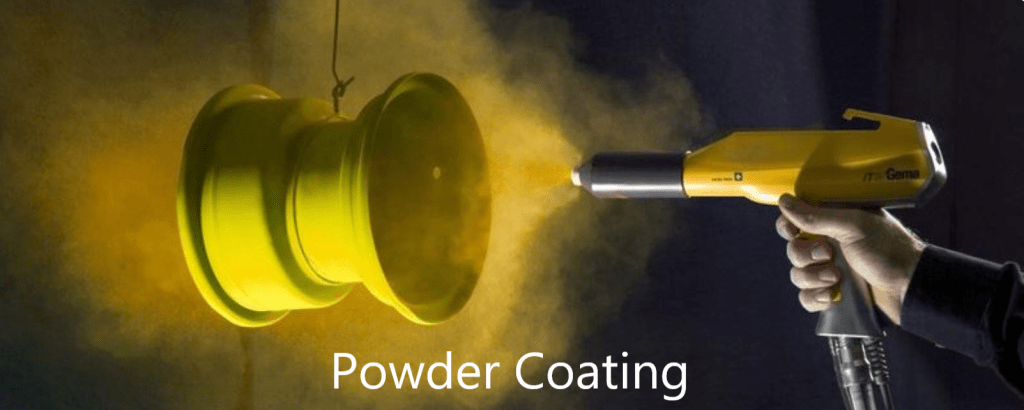How Does Powder Coating Compare to Other Finishing Methods Like Anodizing Or Electroplating?

Powder coating, anodizing, and electroplating are all popular finishing methods for a variety of materials, but each has distinct advantages and disadvantages. Here's a comparison to help you decide which option is best for you:
Powder Coating
Process: A dry powder is electrostatically applied to a surface and baked to cure.
Advantages:
Durable: Highly scratch, chip, and corrosion resistant.
Versatile: There are a wide range of colors and textures available.
Environmentally friendly: There were no volatile organic compounds or hazardous materials released during the process.
Cost-effective: Typically less expensive than anodizing or electroplating.
Disadvantages:
Thickness: Can be thicker than other finishes, which may not be suitable for all applications.
Heat sensitivity: Not recommended for heat-sensitive materials.
Limited conductivity: Not suitable for applications requiring electrical conductivity.
Anodizing
Process:An electrochemical process that forms a hard oxide layer on a metal's surface.
Advantages:
Durable: Extremely resistant to scratches, corrosion, and fading.
Lightweight: Does not add much weight to the material.
Good conductivity: Keeps the metal's electrical conductivity intact.
Aesthetic: Can create a wide range of metallic finishes and colors.
Disadvantages:
Limited material compatibility: Only works with certain metals, primarily aluminum.
Cost: It can be more expensive than powder coatings.
Thickness: Anodized layers are typically thinner than powder coatings.
Electroplating
Process: A metal coating is applied to the surface of another metal with an electric current.
Advantages:
Versatility: Can be applied to a wide variety of metals.
Conductivity: Maintains or increases the metal's electrical conductivity.
Corrosion resistance: Provides excellent corrosion resistance.
Disadvantages:
Environmental concerns: Electroplating can produce hazardous waste products.
Cost: Can be costly, particularly for complex finishes.
Adhesion: The bond between the coating and the base metal may be weaker than in other methods.
- Art
- Causes
- Crafts
- Dance
- Drinks
- Film
- Fitness
- Food
- Games
- Gardening
- Health
- Home
- Literature
- Music
- Networking
- Other
- Party
- Religion
- Shopping
- Sports
- Theater
- Wellness


